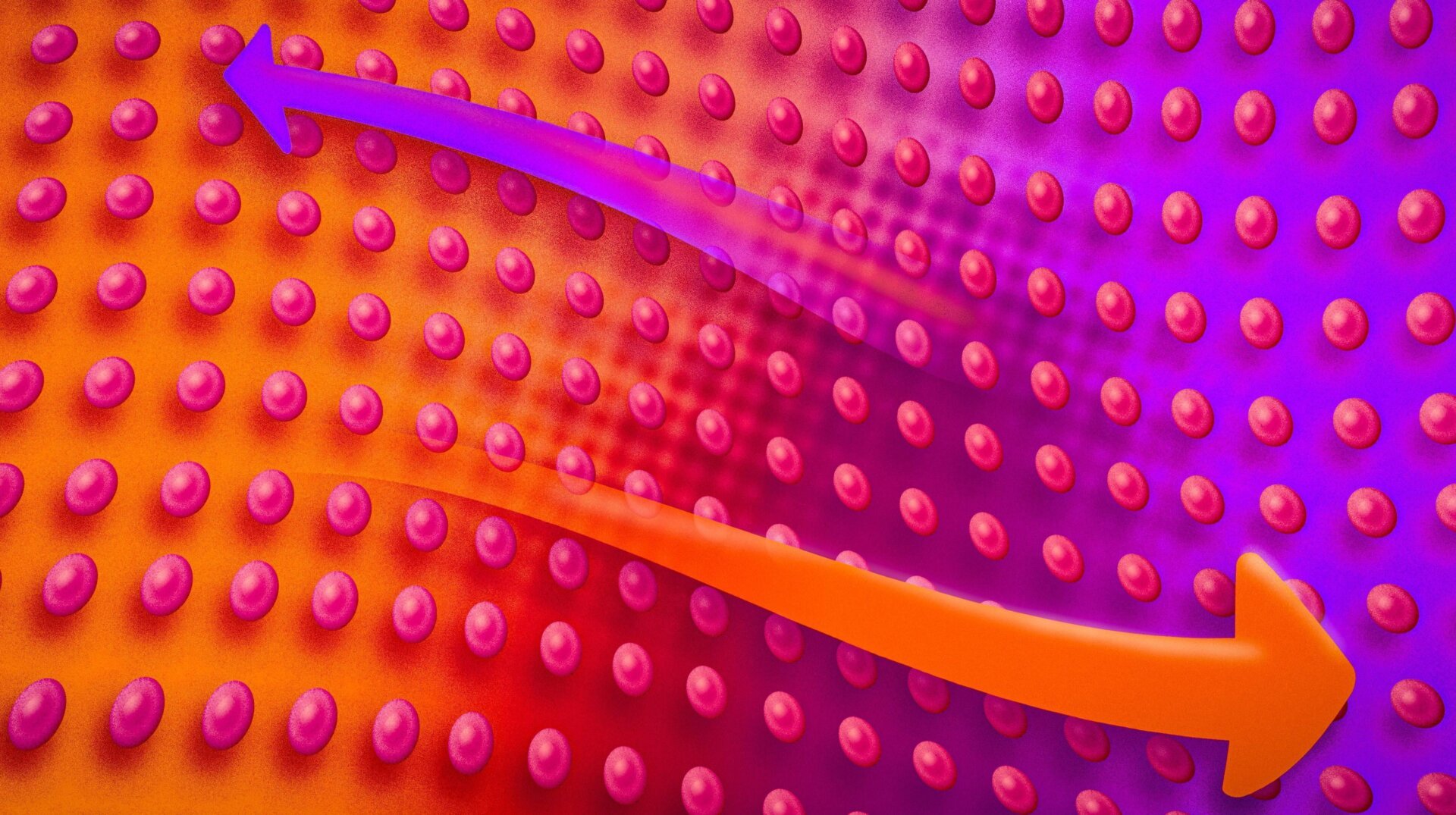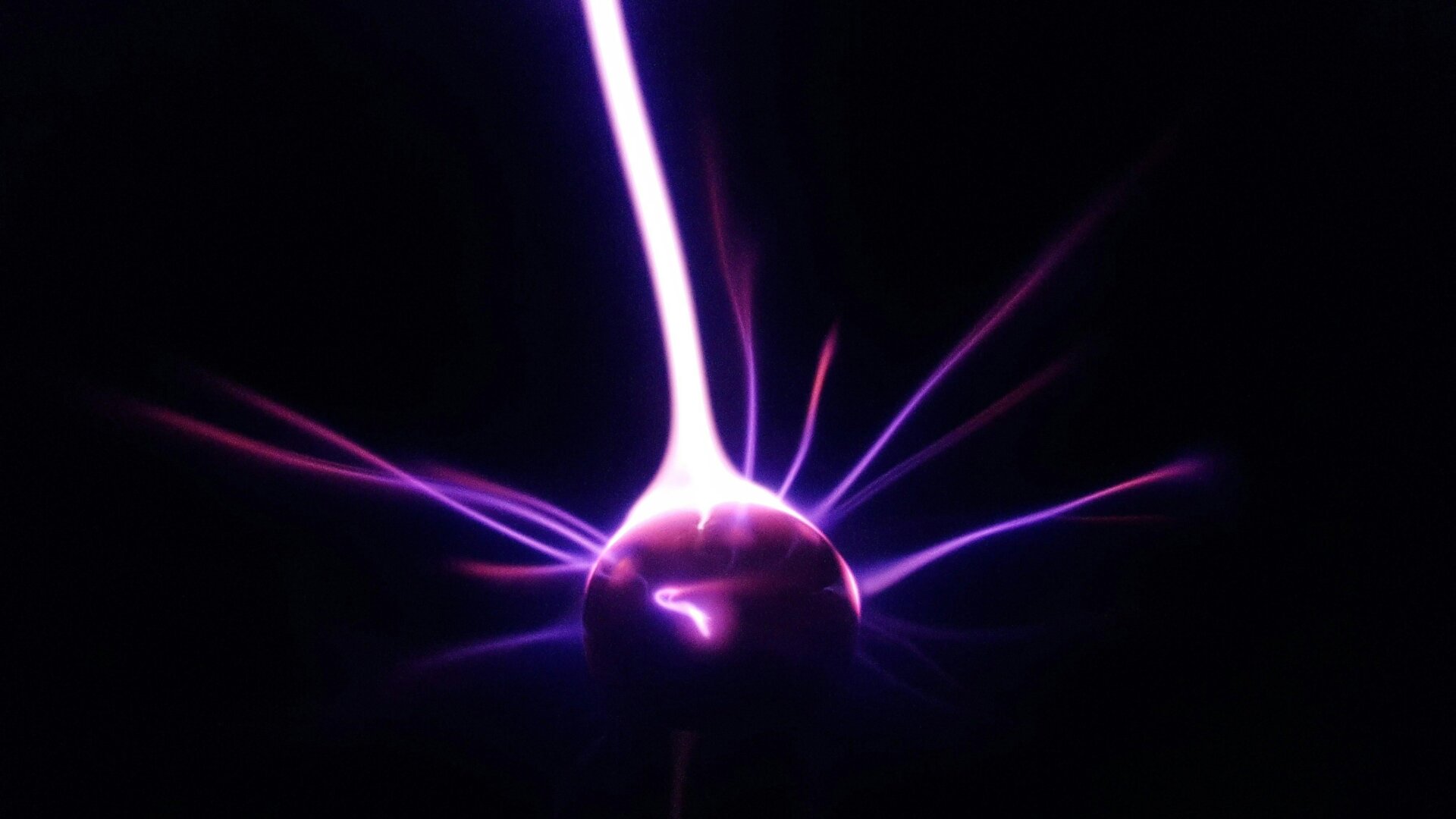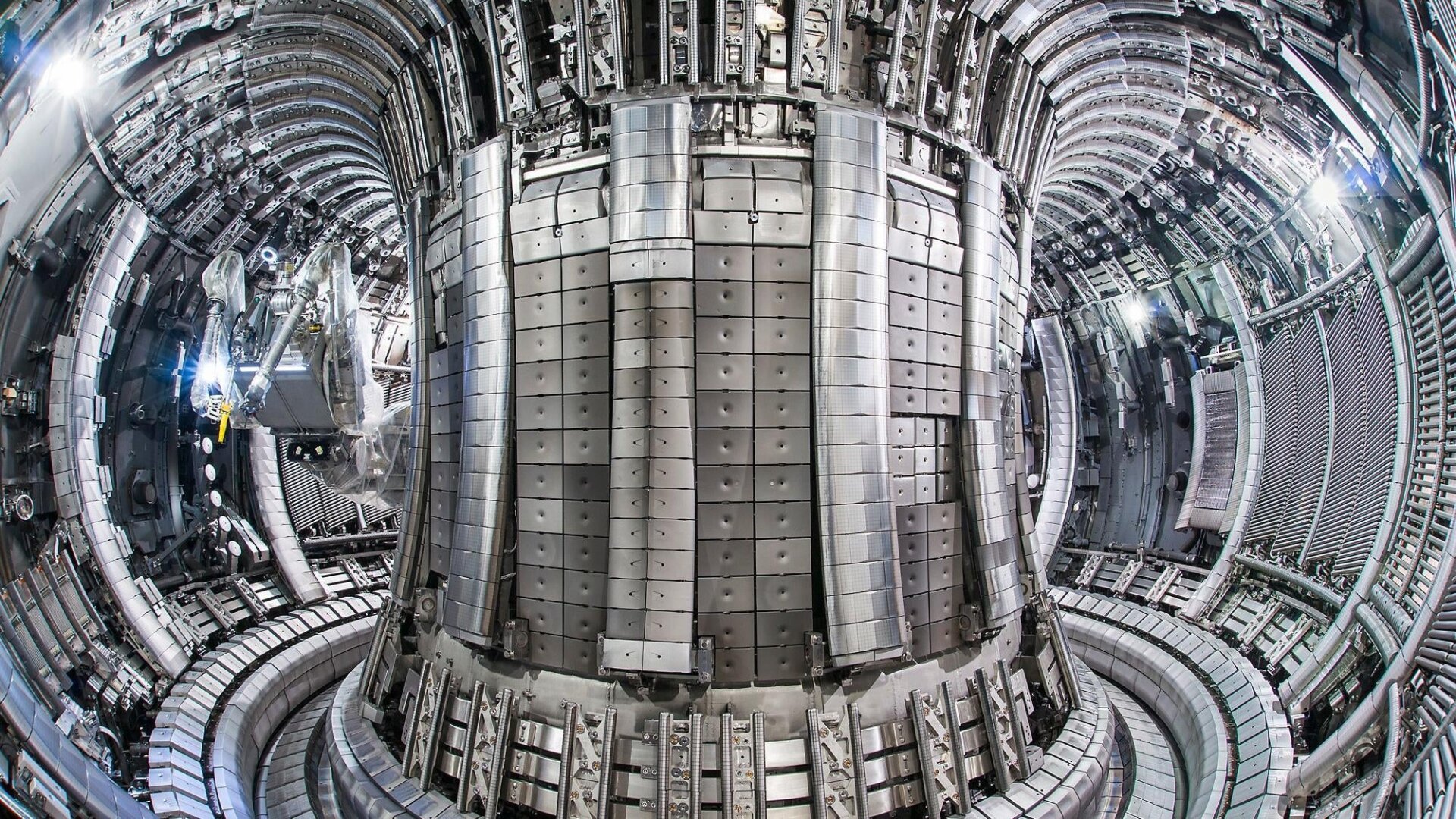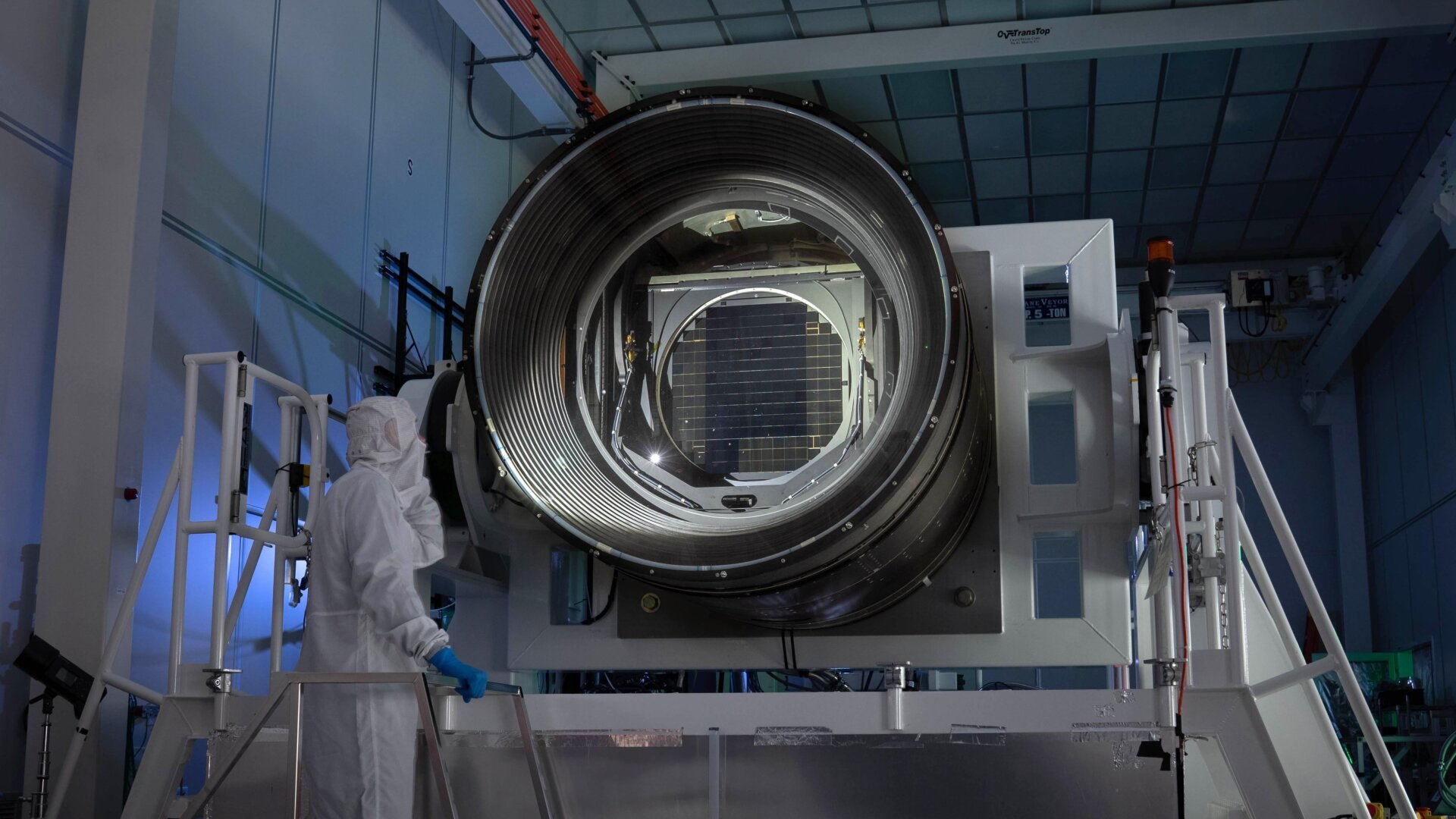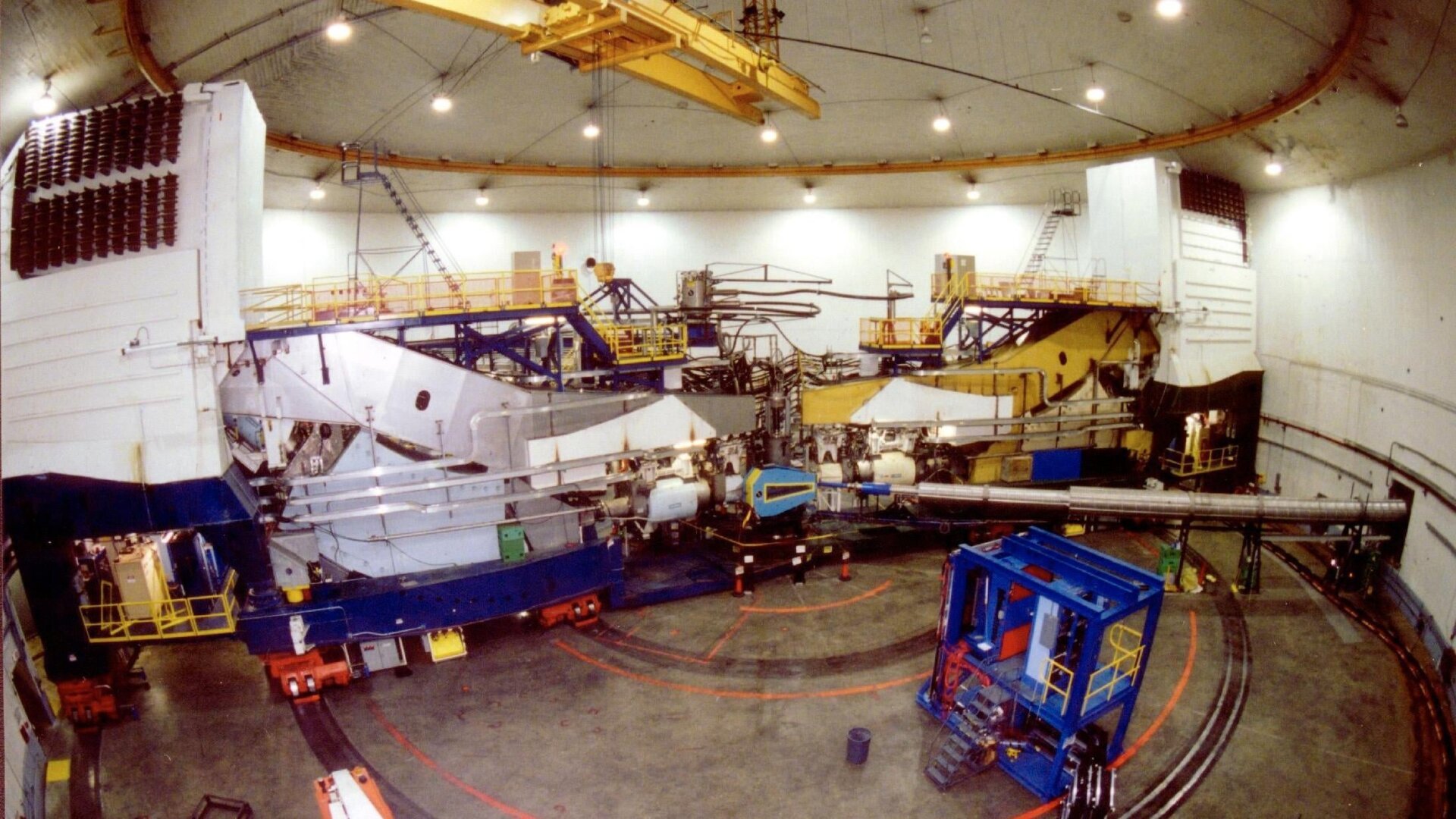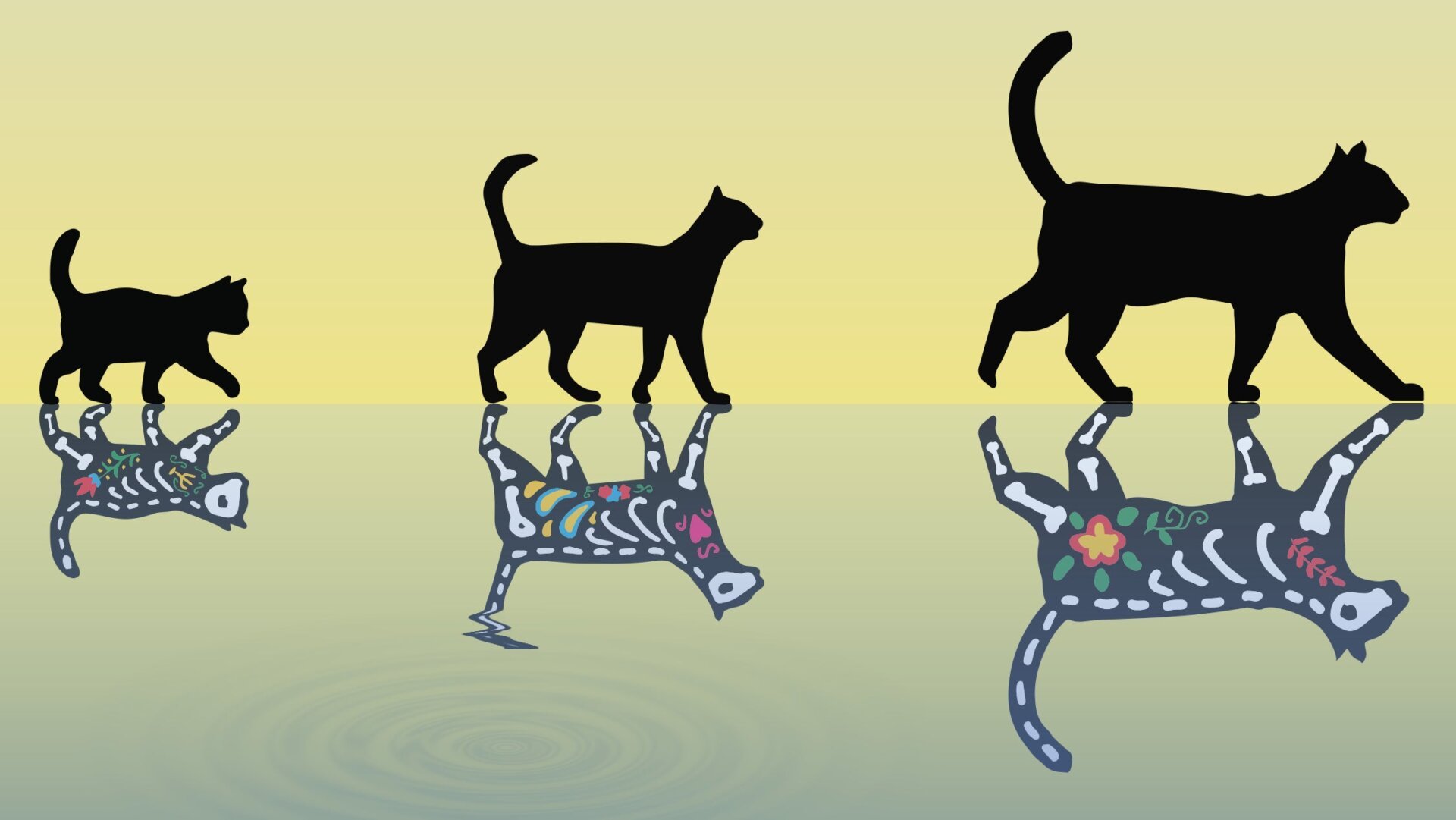Time crystals, a fascinating concept in physics, have taken a significant leap forward. A team of German physicists has successfully created a time crystal that persists for a remarkable 40 minutes, an astounding 10 million times longer than previously achieved. This breakthrough opens exciting possibilities for various applications, including quantum computing and precision timekeeping.
Ordinary crystals, like diamonds or salt, have a highly ordered atomic structure in space. Time crystals, however, exhibit this order not only in space but also in time. Their lowest-energy states display repeating patterns that change periodically without any external influence, a phenomenon that breaks time-translation symmetry. This means their properties change at specific intervals, seemingly on their own. For a deeper understanding of time crystals and their potential, you can explore existing resources on this complex topic.
This recent breakthrough involves a time crystal made from indium gallium arsenide, a semiconductor material. The researchers, whose work was published in Nature Physics, excited the material with polarized laser light, polarizing the spins of the nuclei within the system. This induced oscillations in the indium gallium arsenide, effectively creating the time crystal. Their findings mark a substantial improvement over previous attempts, where time crystals in Bose-Einstein condensates lasted mere milliseconds.
The 40-minute lifespan of this time crystal is remarkable, and the team believes it could potentially persist even longer. This achievement represents a significant advancement in the field. Previous research, including a 2012 proposal and subsequent lab creations, paved the way for this breakthrough. A notable example is the creation of a continuous time crystal in a Bose-Einstein condensate, a supercooled state of matter exhibiting quantum properties.
This new time crystal resides within an electron-nuclear spin system. According to a TU Dortmund University release, exciting the material with polarized laser light and polarizing the nuclear spins results in oscillations that create the time crystal behavior. This controlled manipulation of the material’s properties is key to achieving the long-lasting time crystal.
While this time crystal is a significant advancement, it’s not without limitations. The researchers observed areas within the material where the “time crystal” characteristics “melt” or disappear. Despite these localized imperfections, the overall 40-minute lifespan suggests a potential persistence of several hours or more, according to the research team.
The potential applications of this technology are intriguing. The team envisions using similar hardware as a compact and flexible on-chip frequency standard. This could revolutionize various technologies requiring precise timekeeping.
This discovery marks a significant milestone in the field of time crystals, demonstrating a remarkable increase in stability. Further research promises to refine this technology and unlock its full potential, opening doors to new possibilities in quantum computing and beyond. Further exploration into this area, including research on utilizing the Fibonacci sequence in quantum computing, continues to push the boundaries of our understanding of physics.




